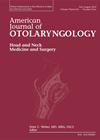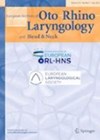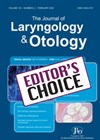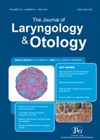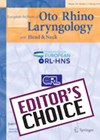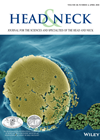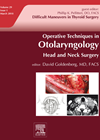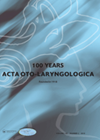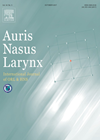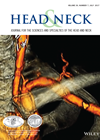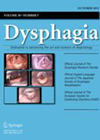
Journal Reviews
Active surveillance for papillary thyroid cancers – what is the risk of progression?
Papillary thyroid cancers (PTCs) are generally considered to be indolent malignancies with favourable outcomes. Active surveillance (AS) has consequently been trialled as a management option for small PTCs with no evidence of regional lymph node involvement, especially papillary thyroid microcarcinomas...
Is a hemithyroidectomy as effective as a total thyroidectomy for compressive symptoms?
The claim made in the title of this paper, that hemithyroidectomy is equally as successful as total thyroidectomy in alleviating compressive symptoms from goitres, is certainly intriguing. And with the inclusion of 45,539 subjects, it would at first glance seem...
Inpatient or outpatient thyroidectomy?
This systematic review and meta-analysis discusses the safety of hemithyroidectomy in an outpatient vis-à-vis an inpatient setting. Thyroidectomy has traditionally been performed as an inpatient procedure. Currently, an increasing number of surgeons are performing thyroidectomy in outpatient settings. The main...
Modifying two-week wait protocol for suspected head and neck cancer patients during COVID-19
As healthcare workers, we are committed to ensuring that our patients continue to receive the optimum care that we are set up to deliver. However, the last year has shown that we need to be mindful of balancing this with...
How effective are our two-week-wait guidelines in picking up head and neck cancer?
With a 30% increase in the incidence of head and neck cancer since 1999 in the UK, it is important that the two-week wait referral guidelines safely encompass all risk factors but also render these urgent referrals based on signs...
Outcomes for transoral vestibule approach thyroid surgery
Ed’s choice explores a systematic review examining one of the recent innovations in head and neck surgery. It may come as a surprise to some that within a few years of the first published cases of transoral vestibule thyroidectomy, an...
The rise of AI in the head and neck clinic
There has been a huge focus in recent months on the rise of artificial intelligence (AI) in all aspects of modern life, and the head and neck clinic is no exception it appears. This paper builds on previous work to...
Suspect the unsuspecting in thyroid cancer
This article reminds readers of how often invasive thyroid disease can appear, as the symptomatology is minimal. Noticeable airway symptoms appear after 50% of the airway is involved and surgeons can often fall in the unsuspecting trap of discovering locally...
Is combined two wall decompression approach a better surgical outcome for Grave’s orbitopathy?
This retrospective study looked at the outcome of endoscopic medial wall combined with transcutaneous lateral orbital wall decompression in Graves’ orbitopathy. The following parameters were studied: reduction in proptosis; change in visual acuity and diplopia. A total of 36 orbits...
To monitor the nerves or not?
Whilst intraoperative nerve monitoring has become the standard of care for mastoid and parotid surgery, its benefit in thyroid surgery remains unclear. In the UK NICE was agnostic on the subject in 2008, stating that it was potentially helpful and...
A global view of thyroid surgery practices
The incidence of thyroid cancer continues to increase, and both surgery for benign and malignant disease carries an important and persistent incidence of perioperative complications. This paper reports the results of an electronic survey sent to members of seven surgical...
Changes in swallowing function after thyroidectomy
Evaluation of functional impact following thyroidectomy tends to be focused on voice quality. The aim of this study was to document early (seven days postoperatively) and late changes (60 days postop) in swallowing function after thyroidectomy. A preoperative naso-endoscopic evaluation...

